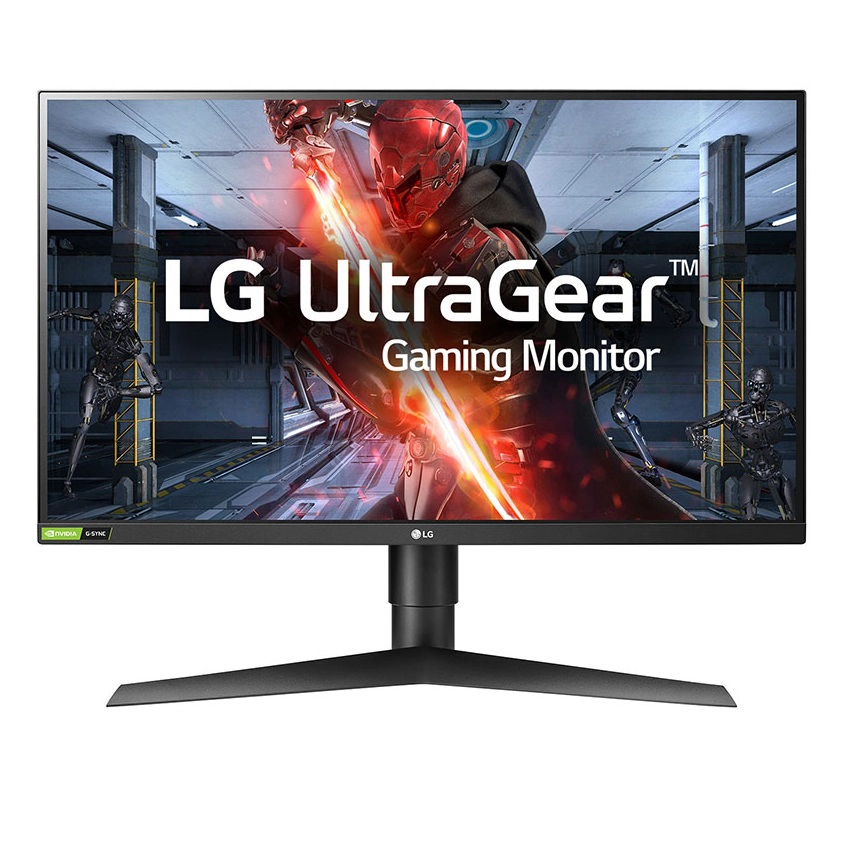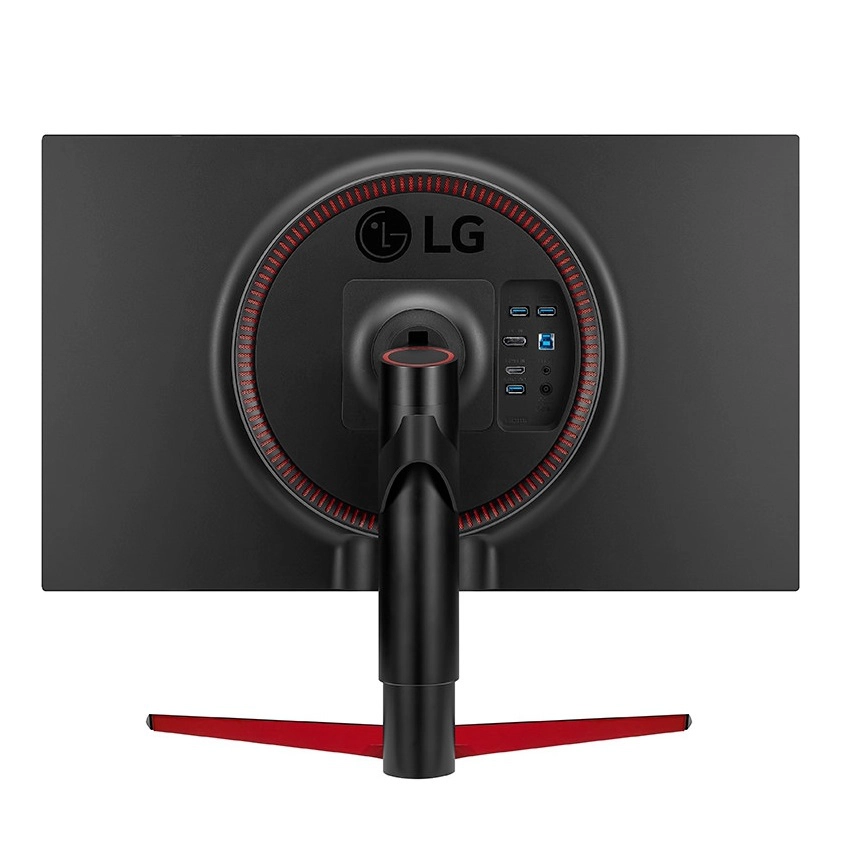LG 27GL850 144Hz WQHD Nano IPS model with Adaptive-Sync
As an Amazon Associate and Newegg Affiliate I earn from qualifying purchases made using the “Buy” button at the bottom of this post. Where possible, you'll be redirected to your nearest store. Further information on supporting our work.Update: Article updated to reflect re-designation of this model as an Adaptive-Sync part with ‘Nvidia G-SYNC Compatible Mode’ certification. Integrated overclocking functionality that was initially listed was G-SYNC specific and has also been removed. News piece below initially published 3rd January 2019.
LG’s UltraGear lineup includes various high refresh rate monitors of different sizes and resolutions, including various UltraWides and the much-loved 32GK850G. The LG 27GL850 (27GL850-B owing to the black stand and rear) is the smallest member of the UltraGear lineup, which for some users will be ideal. In keeping with the styling of other models in the series, it has a somewhat subdued look for a gaming monitor. Which is to say a relatively sleek and understated look rather than anything overly flashy. Lots of matte black plastic and a sensible stand design that doesn’t take up loads of desk space. There are some subtle hints of dark red, including at the rear faces of the stand base, but nothing too ‘in your face’. The OSD (On Screen Display) is controlled by a small joystick found on the underside of the bottom bezel, in the central region. The bezels are dual-stage or as LG puts it “3-Side Virtually Borderless”, with a slim panel border and a thin hard outer plastic component. The panel border blends into the screen when its’s switched off.

The monitor uses 27” Nano IPS panel with 2560 x 1440 (WQHD) resolution and support for a 144Hz refresh rate. Adaptive-Sync support is included, with AMD FreeSync support plus ‘Nvidia G-SYNC Compatible’ mode. This gives a variable refresh rate range of 48 – 144Hz (plus LFC), combatting tearing and stuttering by eliminating frame rate and refresh rate mismatches. This Nano IPS panel is an interesting change from the usual AUO AHVA (IPS-type) and InnoLux IPS-type panels used on most competing high refresh rate WQHD IPS-type models. The usual 1000:1 static contrast ratio, 178° horizontal and vertical viewing angles and light matte anti-glare screen surface feature. A key distinction is that, being a Nano IPS panel, a flicker-free enhanced phosphor backlight is employed. This offers 98% DCI-P3 (~135%) colour space coverage for a good dose of extra vibrancy. A 1ms grey to grey response time is specified, although specified response times like this must always be taken with a grain of salt. The monitor also supports HDR10, although no specific VESA DisplayHDR certification is mentioned currently so this is a very basic level of support.
The rear of the monitor is largely matte black plastic, with a few red elements. These include a ring of thin red ovals surrounding the stand attachment point. This houses the ‘Sphere Lighting 2.0’ RGB lighting feature, a newer variant of the feature we quite enjoyed on the 32GK850G. The stand itself offers tilt, height and pivot adjustment (90° rotation into portrait) and attaches using a quick-release mechanism. It can be removed to make way for an alternative 100 x 100mm VESA compatible solution. The ports face backwards to the right of the port area in a recessed area and include; DP, HDMI, 2 USB 3.0 ports (with fast-charging – plus upstream), a 3.5mm headphone jack and DC power input (external power brick).

Further details can be found on LG’s website. The monitor is listed for ~$499.99 USD.

